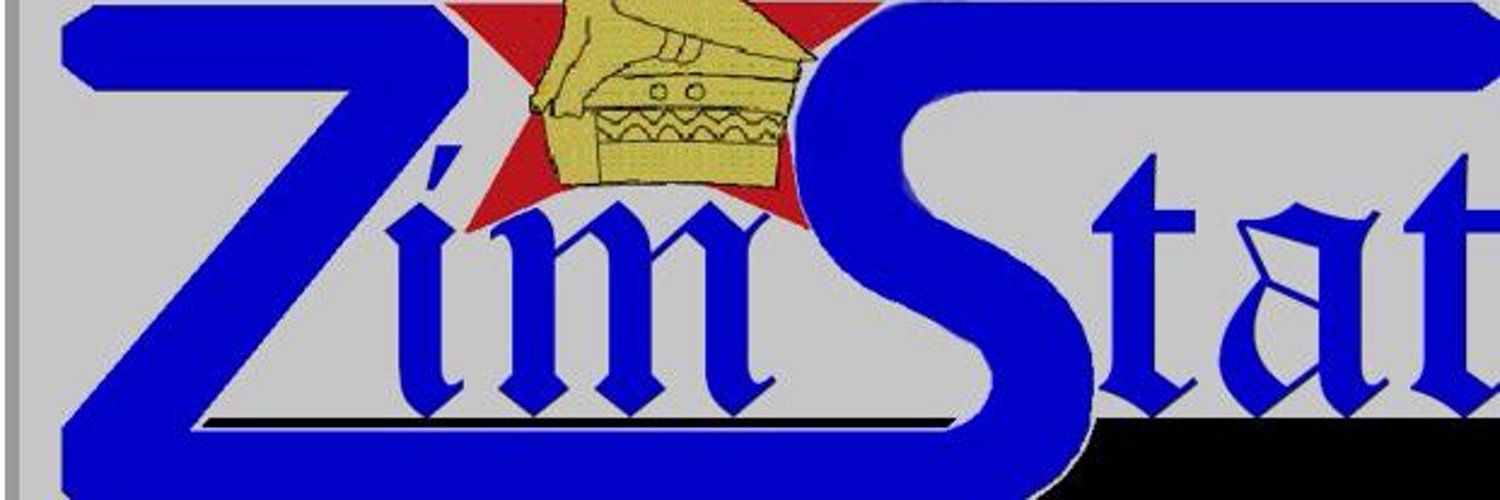Is auction rate the real one?
QUESTIONS continue to increase over whether the auction exchange rate represents the true market value, with business leaders casting aspersions over the independence of the auction system amid growing margins between parallel market and official exchange rates.
Some sections of the business community feel there is some hidden hand manipulating the exchange rate, which has seen it largely remain around $83 to the US dollar since the better part of the last half of 2020.
This is despite the apparent general consensus that the auction market has helped anchor price, inflation — which hit a post dollarisation high of 837 percent in August 2020, and exchange rate stability following its introduction mid last year.
But the Reserve Bank of Zimbabwe (RBZ) and Ministry of Finance and Economic Development officials have been adamant the auction rate reflects the real market determined exchange rate, as indicated by average weighted bids from the exporters.
For instance, Finance and Economic Development Minister Mthuli Ncube, recently told legislators that the “Dutch auction” system was not rigged, fixed, or manipulated.
The Treasury boss said the auction market represented the best expression in choice.
“You go there and you express whatever exchange rate you want. It is up to you. If you want to buy United States dollar at 1:1 000 it is up to you,” the finance chief said.
Legislators, including former Finance Minister Tendai Biti, had demanded that Treasury must direct a review of the rate or offer tobacco farmers a higher rate because they were losing about 30 percent of earnings due to disparities between the parallel and official market exchange rates.
Captains of industry and commerce from influential business lobby groups, Confederation of Zimbabwe Industries (CZI) and Zimbabwe National Chamber of Commerce (ZNCC), believe something is amiss after seeing the gap between the official and parallel market rate widen in recent months.
Former CZI president Busisa Moyo, told the body’s 2021 economic outlook symposium recently that while the country should not necessarily follow the open market rates, something must be done to close the growing disparity with ruling the auction rate.
Moyo was making remarks around what needed to be done to entrench and sustain the macro-economic stability that has been prevailing since the auction market was introduced in June last year.
He said to anchor and sustain the prevailing stability, and also ensure that more players come to the market, systems must be put in place to make sure banks can meet exporters’ needs in between auctions, as was the case at inception last year.
“But that has since died down and I think part of it is because of the (growing) disparity between the auction market rate (AMR) and the Black Market Rate (BMR).
“There is no suggestion that we follow the black market rate because we do not know what volumes are traded there, but I think something needs to be done in order to bring confidence in the rate at the auction market so that we see more players,” he said.
Moyo said addressing questions about the auction rate’s reflection of correct market sentiment was critical in order to entrench the prevailing macro-economic stability.
In its latest review of the 2021 monetary policy statement, ZNCC refuted claims by the monetary policy authorities that the auction system had helped price discovery.
ZNCC said the assertion that auction market had helped with price discovery was debunked at the January 26, 2021 auction market were accepted bids exceeded the value of allotted funds by 30 percent.
“In a real auction (market), the price — the exchange rate — would have adjusted to clear the market (short fall) (price discovery), but this was not allowed to happen.
“The market did not clear as some 30 percent of total bids were accepted, but not allocated and became part of an in house pipeline to be cleared as and when the funds become available,” ZNCC said.
The business lobby group said this raises questions about the sustainability of the auction.
After the auction forex deficit, ZNCC said, the central bank raised exporters’ surrender threshold from 30 to 40 percent.
“The combination of import priorities and controls, and the pipeline — however financed — means that the auction is used to avoid price discovery in the form of further devaluation of the currency,” ZNCC added.
The lobby group further asserted that instead of the price reflecting the interaction of demand and supply, the RBZ manages demand and supply to peg the price at its arbitrarily determined “policy” level.
“This is not a Dutch auction. Flower growers in the Netherlands do not try to sell for the lowest price,” ZNCC said in its MPS review.
The productive sector has been allotted over US$795 million since the introduction of the weekly foreign currency auction trading system in June last year.-ebusinessweekly.co.zw










